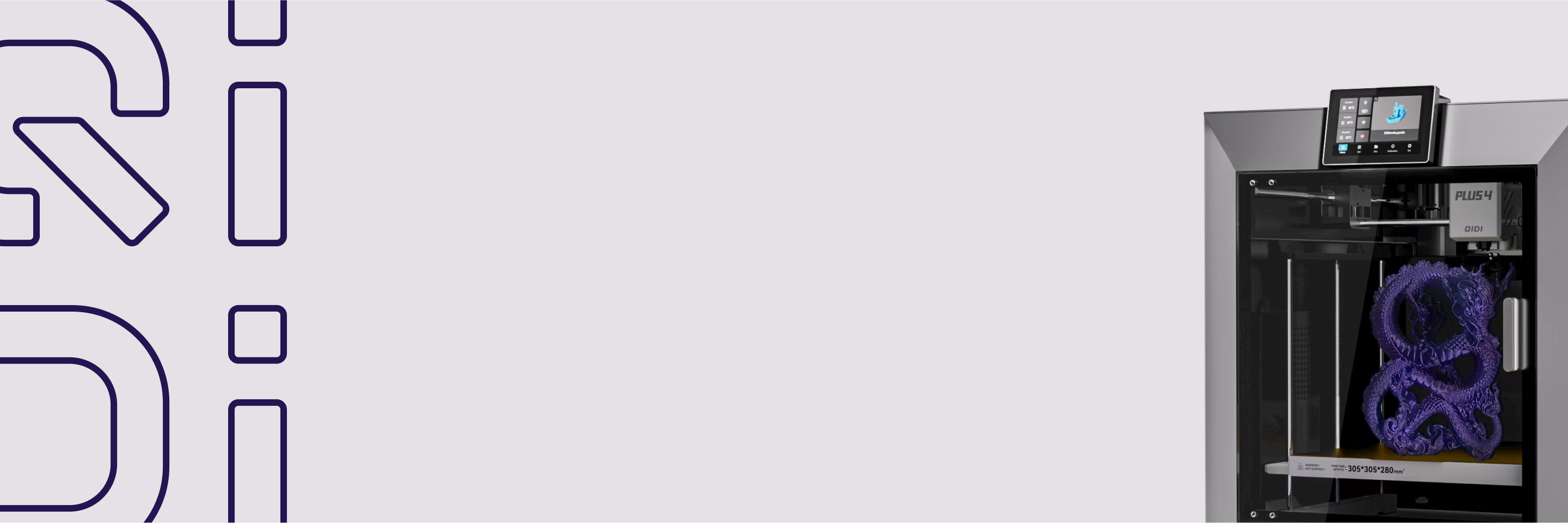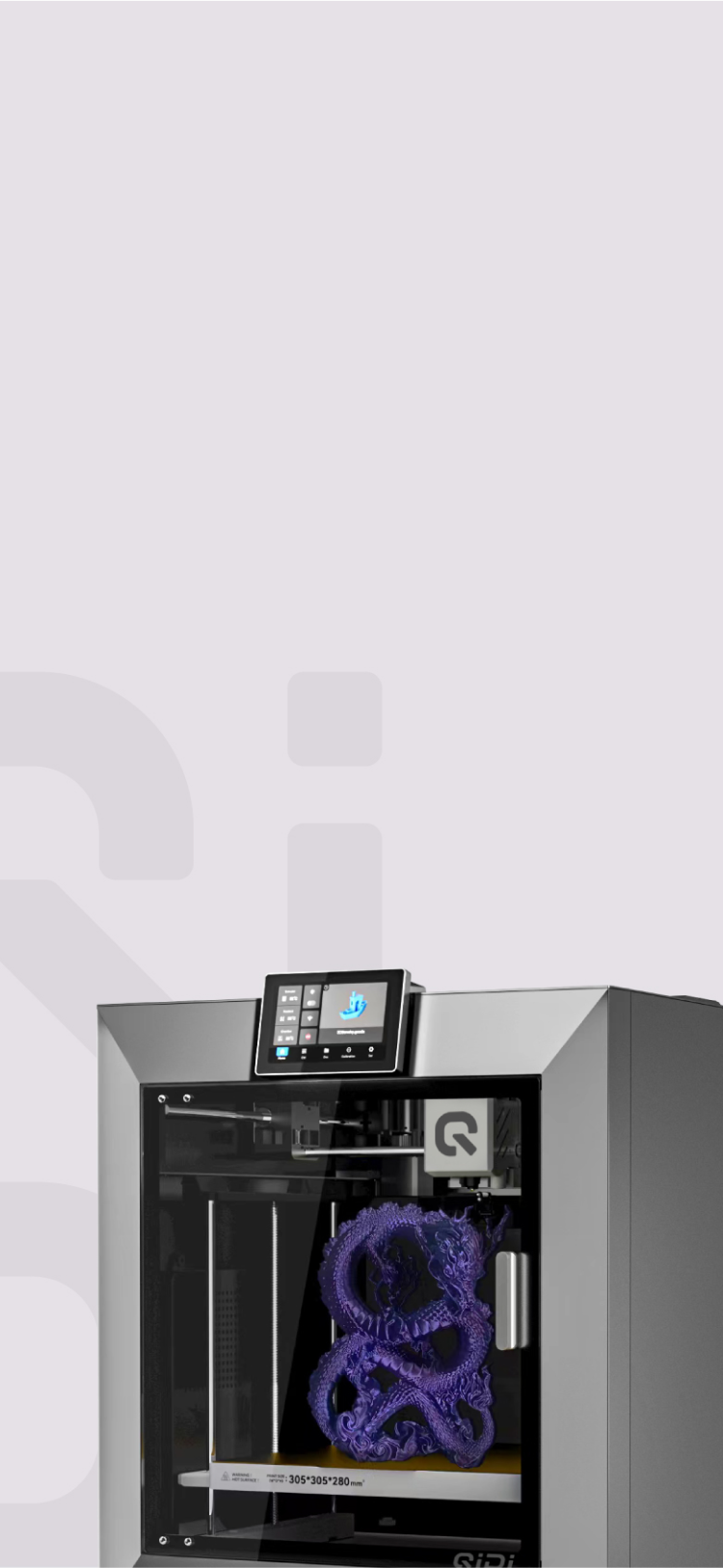What Furniture Can You 3D Print at Home?

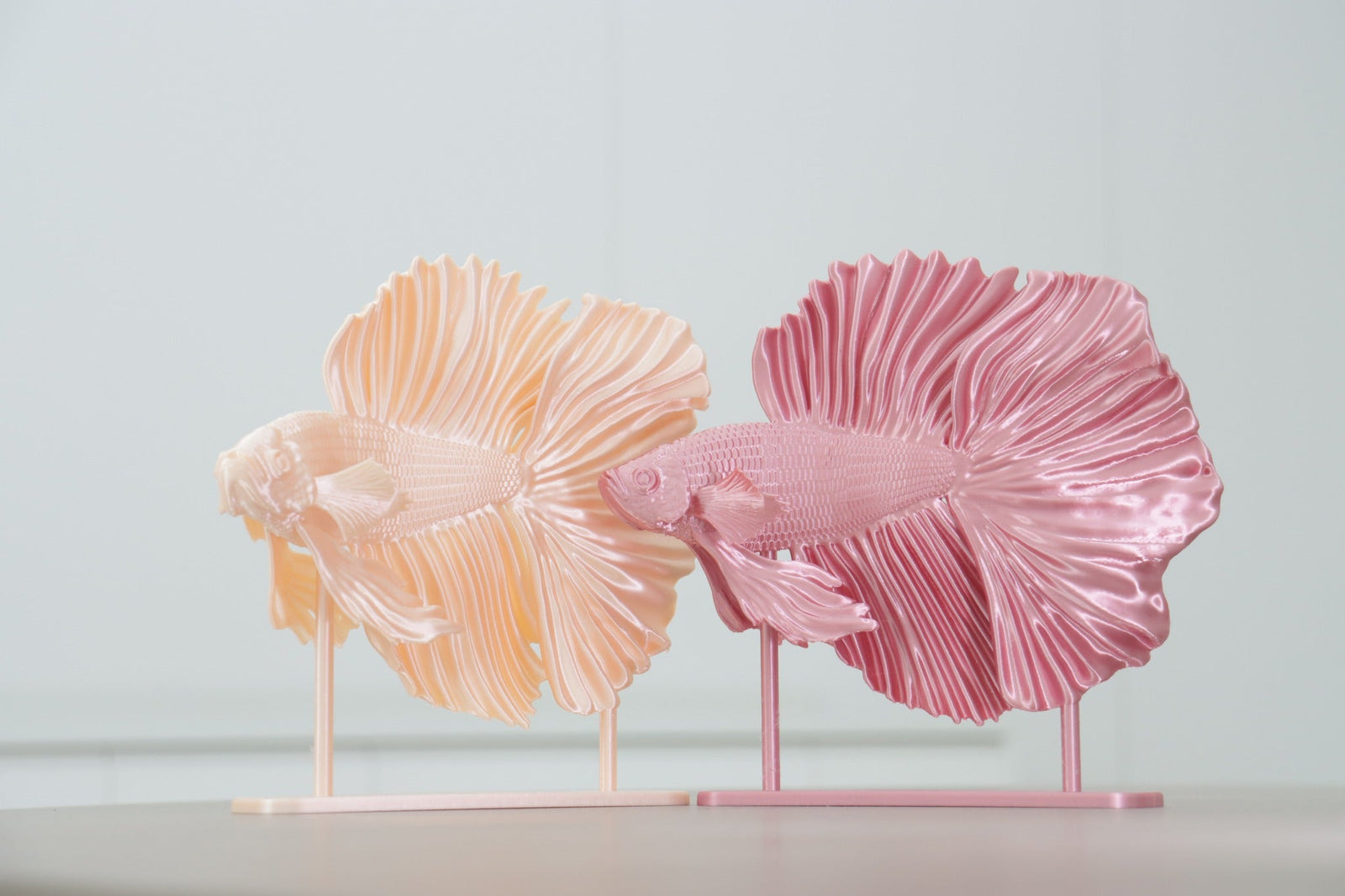
That stylish side table you've been looking for? You might be able to make it yourself with a 3D printer. Home 3D printing now lets people create furniture pieces that perfectly match their needs without woodworking skills. From small tables and chair components to custom shelving and decorative items, your printer can produce real, usable furniture. This article covers what you can actually make at home, considering the real limits of printer size, material strength, and print time.
Why 3D Print Furniture at Home?
There are more perks to Home 3D printing your own furniture than just buying it from a store. That's why you might want to try this method.
Make It Exactly How You Want It
You can make furniture that fits your area perfectly with 3D printing. There are many styles to choose from, so you don't have to stick to what's in shops. Need a desk that is a certain width or a table that is a certain height? You can make it look just the way you want it to.
Print Only What You Need, When You Need It
With 3D printing, you can make furniture only when you need it, so you don't have to buy extra. You can also print new parts for broken furniture, like table legs or door knobs, to fix it. This lets you keep furniture longer instead of throwing it away, which saves room and cuts down on waste.
Save Money in Specific Cases
There are times when 3D printing can help you save money. In shops, small things like drawer organizers might cost $30 to $50, but they only cost $2 to $5 to print. It costs a lot to have custom furniture made, but it's much cheaper to make them. But keep in mind that printers cost between $200 and $1,000, so keep that in mind when you're trying to save money.
Create Something Meaningful Yourself
It's fun to make your own furniture. You'll learn about design and materials while making unique things that are all your own. You'll learn useful skills and feel good when you use something you planned and built yourself.
4 Key Limitations of 3D Printed Furniture

While 3D printing furniture offers many advantages, it comes with important limitations that shape what projects are feasible. Successful home furniture printing requires working within these constraints.
- Too Small - Most home 3D printers can only print objects about 8×8×8 inches or smaller. You can't print full-sized chairs, tables, or shelves in one piece.
- Not Strong - Standard 3D printing plastics aren't as strong as wood or metal. PLA can break under weight, and even tougher materials like PETG and ABS aren't strong enough for furniture that needs to support significant weight.
- Takes Too Long - 3D printing takes many hours. Furniture parts need long printing times, and larger pieces can take days to complete. This isn't a quick solution for furniture needs.
- Looks Unfinished - 3D prints have visible layer lines and uneven surfaces. They don't look like finished furniture right off the printer and often show printing defects that affect their appearance.
These limitations explain why most 3D printed furniture consists of smaller items or modular designs rather than full-sized pieces. The types of furniture discussed next work well despite these constraints.
Furniture You Can Actually 3D Print at Home
Even though they have some problems, home 3D printers can make a lot of furniture. These choices make useful pieces that meet the needs for strength, size, and printing time.
Nightstands, End Tables, and Plant Stands
For 3D printing furniture, small tables are a great place to start. You can print nightstands, end tables, and plant stands in parts that can then be put together to make strong, useful pieces. A common method involves printing the legs as hollow structures with internal supports for strength and dividing the tables into sections that fit together.
Bedside tables work especially well because they are small enough to fit printers at home. A lot of the designs have joints that snap together or use normal hardware like screws and bolts to put them together. Organic forms and drainage features that would be hard to make with traditional methods can be added to plant stands.
For coffee tables, you might want to go with a modular design where printed connections connect metal or wood tabletop pieces. This mixed method lets you customize things like 3D printing does, but it still has the strength you need for bigger areas.
Chair Backs, Armrests, and Small Stools
It's not possible to print a full chair for an adult, but many successful chair projects use 3D printed parts along with more traditional materials. You can print chair backs and other decorative elements, but for weight-bearing parts, you should use harder materials.
Small stools look great when they are printed in parts. A lot of designs divide the seat into four sections and use honeycomb structures inside to make them strong while also saving space. Chairs for kids can often be stamped all the way through because they don't need to be as strong as furniture for adults.
For another useful use, connectors and joints for chairs can be used. With custom-made brackets, you can connect wooden legs to seats or make movable parts that would be expensive to make the old-fashioned way.
Drawer Organizers, Wall Brackets, and Storage Boxes
Storage items benefit tremendously from 3D printing's customization capabilities. Drawer organizers tailored to specific items save space and keep belongings neat. These smaller items print quickly and use minimal material while solving real organizational problems.
Wall-mounted shelving with printed brackets allows you to create storage that fits awkward spaces exactly. The brackets can include decorative elements or specialized functions like cable management that mass-produced versions lack.
Modular storage cubes with printed connectors let you build expandable systems. Print the connection hardware and combine it with wood, acrylic, or cardboard panels for efficient, customized storage. This approach minimizes printing time while maximizing functionality.

Lampshades, Vases, and Cabinet Hardware
Decorative items showcase the potential of 3D printing without the need for structural integrity. Lampshades with detailed patterns cast beautiful shadows impossible to create with other methods. Table lamps with custom bases provide both functionality and personalized style.
Cabinet hardware offers a convenient way to give new life to furniture with minimal printing time. Custom drawer pulls, knobs, and handles can transform current furniture or provide unique details for new designs. These small pieces print quickly and offer endless customization.
Planters and vases are ideal candidates for 3D printing. Complex shapes, custom dimensions, and even in-built drainage holes make them functional and attractive. They are completed by adequate sealing after printing to ensure that they function as intended with water and soil.
Garden Stools, Planters, and Patio Accessories
Outdoor furniture parts can be printed in sections and assembled for garden use. Garden benches and stools typically have thicker walls and improved structural supports to survive outdoor conditions.
Gardenware and planters can incorporate convenient features like self-watering or water storage systems that are unaffordable in mass production. These convenient added features render 3D printed garden accessories particularly convenient.
Components of patio tables, particularly ornamentation or legs, are printed while glass or other material is employed in the tabletop. This yields custom outdoor furniture adapted to individual environments and aesthetic sensibilities with the needed durability.
Best Materials for 3D Printed Furniture
Picking the right material for your furniture affects how strong it is, how it looks, and how long it lasts. This is what each type of wood is best for when making furniture.
PLA: Best for Decorative Items and Light-Duty Pieces
PLA is great for making vases, lamp shades, picture frames, and other home art items. It's great for things that won't have to hold weight or stress. Because it comes in so many colors, it's great for art and furniture parts that will be seen from the room.
This easy-to-use material works quickly and easily on basic 3D printers that don't need any extra setup. Just keep PLA furniture away from hot spots, sunny windows, and places where strength is important.

PETG: Ideal for Functional Indoor Furniture
Strong shelf brackets, drawer organizers, table parts, and bathroom items are made by PETG. It's good for when you need harder pieces than PLA but don't want the printing problems that come with ABS. Because it is strong and doesn't absorb water, it's perfect for making useful furniture parts that are used often.
This material is good for cooking and bathroom organizers because it doesn't get damaged by water. It doesn't break as easily as PLA and is still pretty easy to print.
ABS: Perfect for Load-Bearing and Outdoor Components
ABS is great for parts that need to hold weight or be used a lot, like chair joints and table legs. Pick this for parts of outdoor chairs or things that will be hot. It is the best choice for furniture that needs to last for years because it is so strong.
It takes more work to make these pieces, but they are stronger and won't break when you press on them. If you want your furniture to be strong and last a long time, use ABS.
Specialty Materials: For Unique Furniture Effects
With wood-filled threads, you can make tables, shelves, and other decorations that look and feel like real wood. You can make furniture out of these materials that looks like wood while still having the freedom to create it in 3D.
Carbon fiber strands make brackets and connectors that are very strong without being too heavy. When making furniture systems that need extra structure support, these high-tech materials help.

Print Your First Furniture Piece Today!
With 3D printing, you can design your furniture to your specifications. Your home printers may have limitations, but they are great for producing small objects like shelf brackets, lamp bases, and closet dividers. Do simple decorations using PLA first before moving on to more challenging materials like PETG or ABS for functional items. For optimal results, divide big pieces of furniture into pieces that can be printed and blend such pieces with regular materials. After you use furniture that you have created yourself, the time and effort spent were worth it.


 Q2
Q2
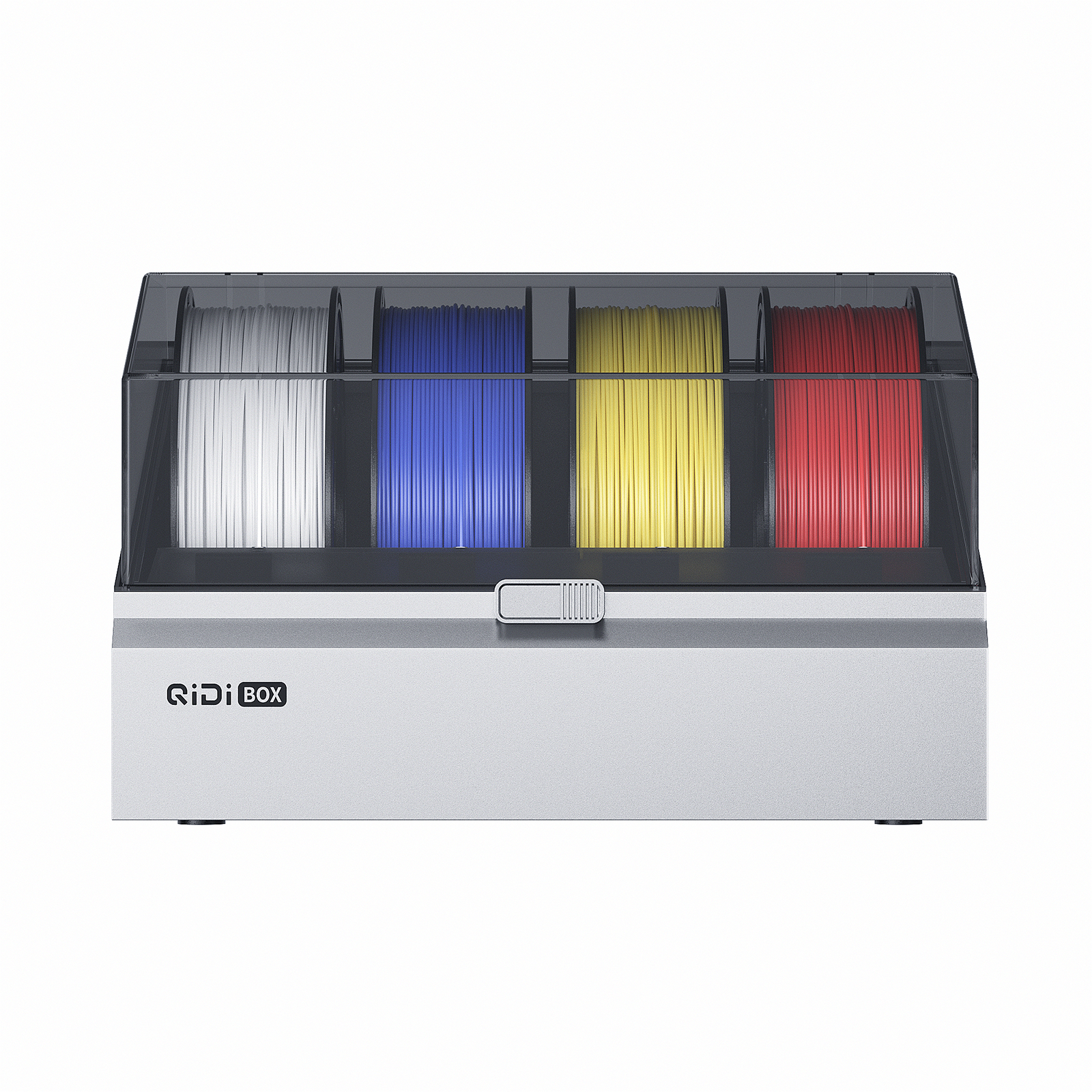 QIDI Box
QIDI Box
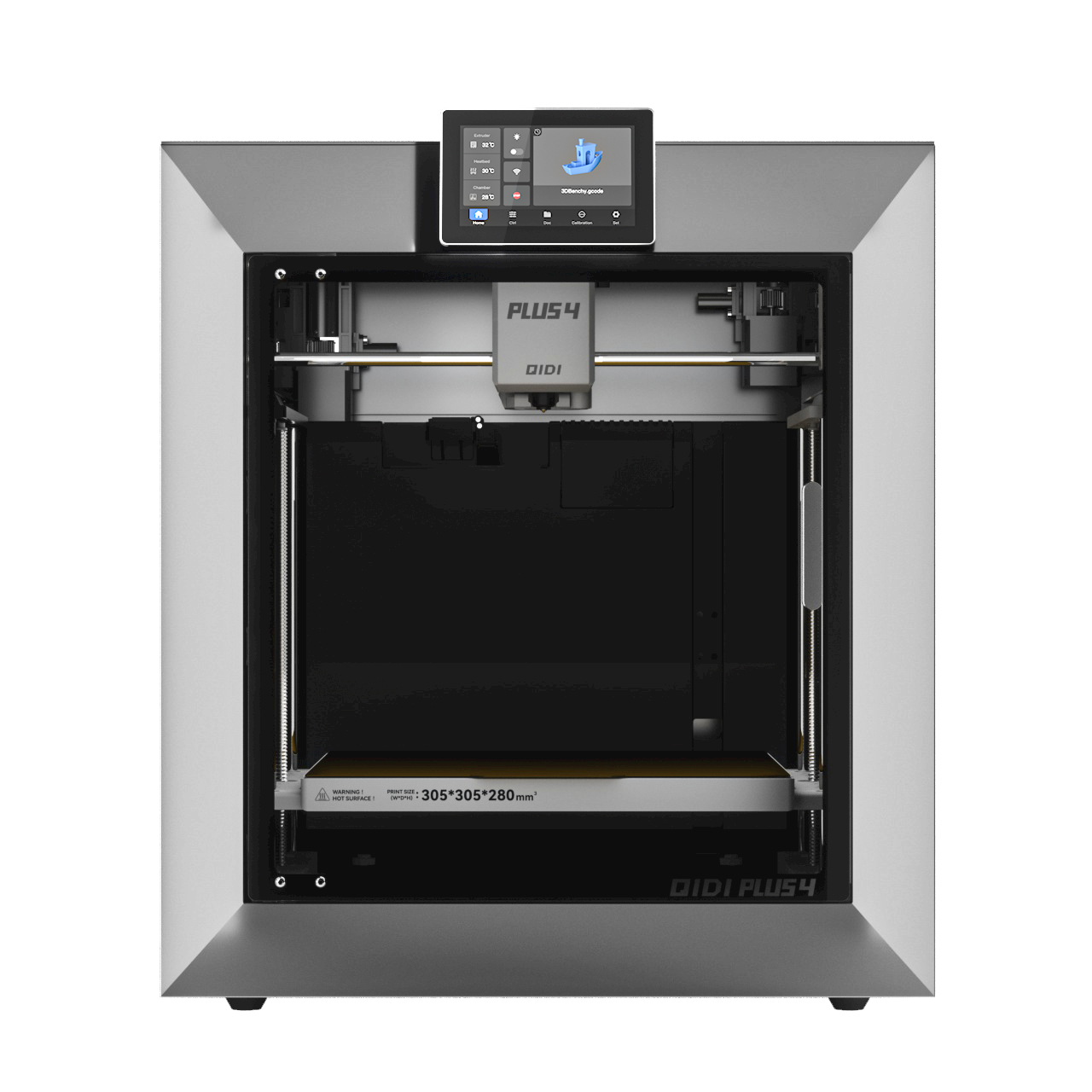 Plus 4
Plus 4
 Q1 Pro
Q1 Pro
 X-Max 3
X-Max 3
